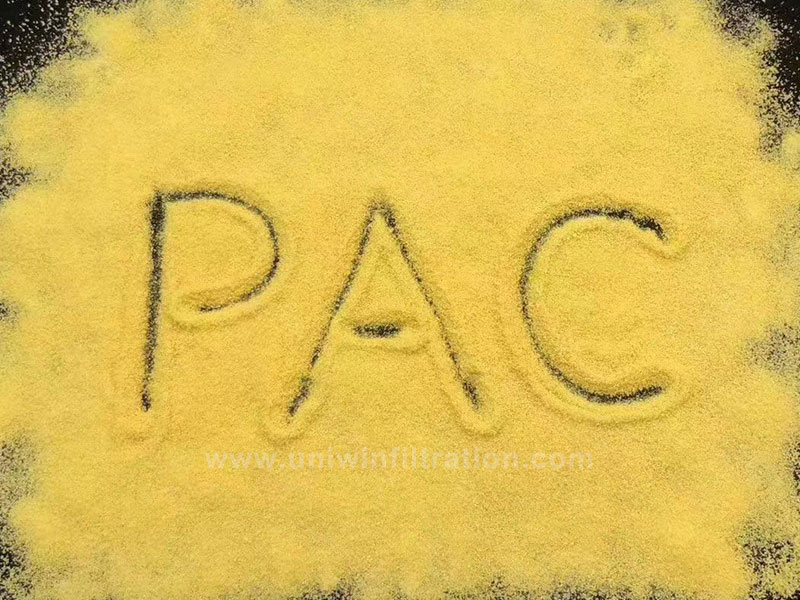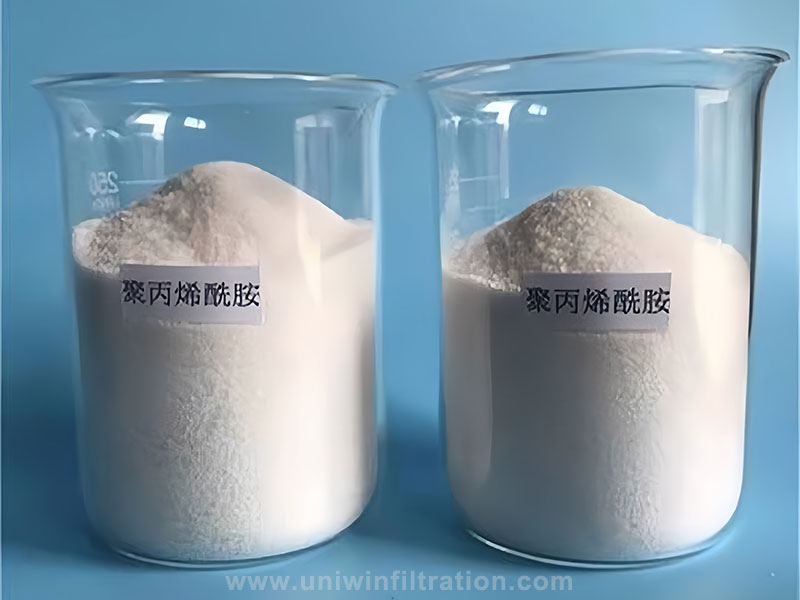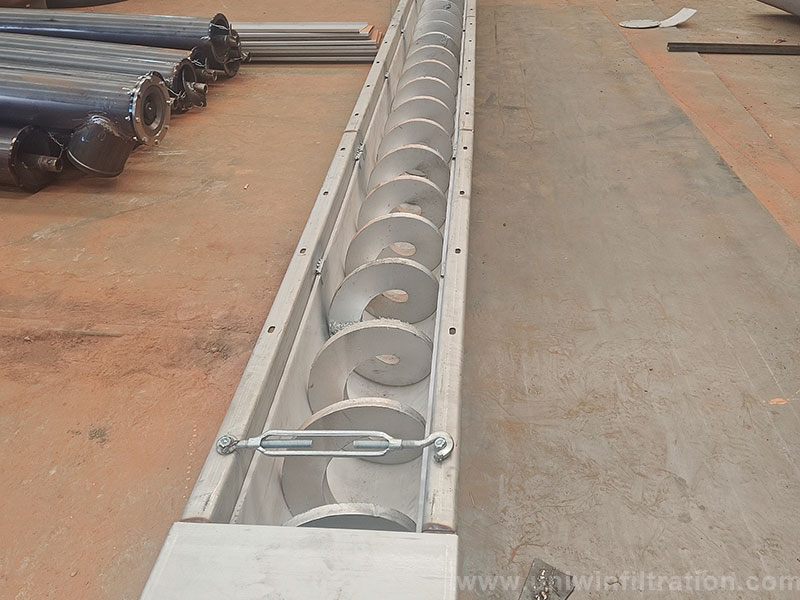Polyaluminum Chloride
Polyaluminum chloride(PAC) is an inorganic polymeric coagulant widely used in water treatment, sludge pretreatment, sewage sedimentation, wastewater decolorization, and other applications. It plays an irreplaceable role, especially in the pretreatment stage of materials before filtration in filter press systems.
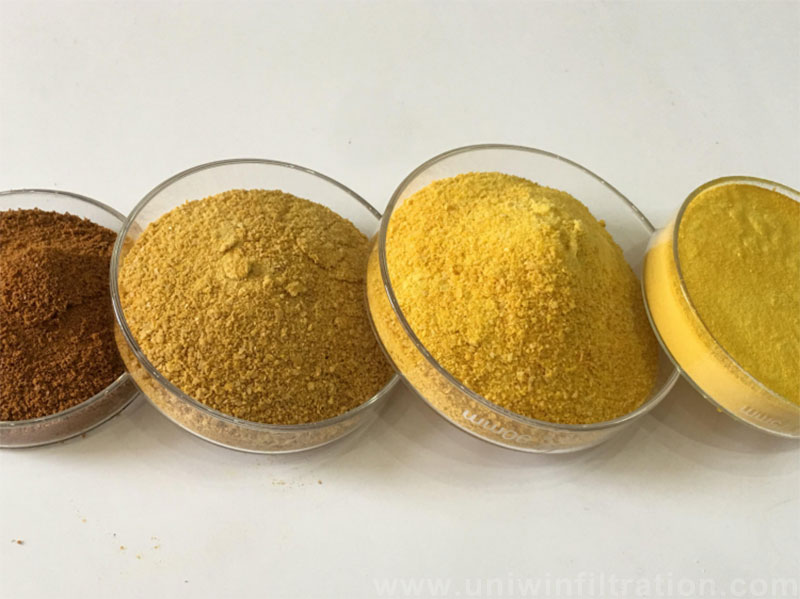
The Mechanism of PAC in Pretreatment Before Filtration
In untreated wastewater or slurry, a large number of fine suspended particles carry a negative charge, repelling each other and forming a colloidal stable system that is difficult to settle or dewater. PAC changes this state through the following mechanisms:
Electroneutralization
Aluminum ions in PAC carry a strong positive charge that rapidly neutralizes the negative charges on colloidal particle surfaces, leading to particle destabilization, closer interaction, and aggregation into primary flocs.
Netting and adsorption bridging
The formed aluminum hydroxyl complex structure has adsorption properties, which can “wrap” suspended solids into larger flocs, improving the filterability of the material.
Enhancing the role of flocculants (such as PAM)
PAC loosens the slurry structure, laying the foundation for PAM to form strong, large flocs, thus improving the overall flocculation and dewatering effect.
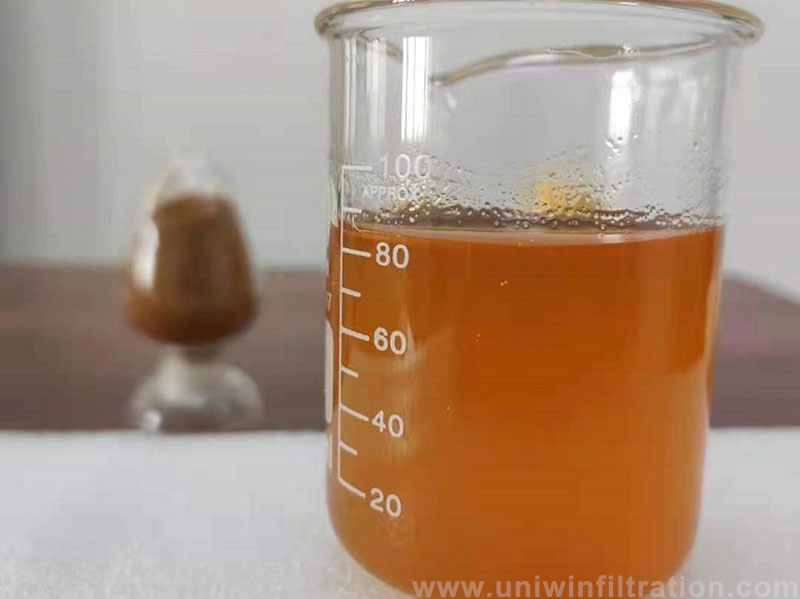
PAC and PAM Used Together
The combined use of PAC and PAM is one of the most common and effective dosing methods in wastewater treatment, sludge dewatering, and filter press pretreatment systems. This “coagulation + flocculation” combination strategy significantly improves floc formation quality, optimizes filter press efficiency, and reduces operating costs.
The order of dosing must be PAC first, followed by PAM. This ensures that PAC breaks down the colloidal structure and generates primary flocs first, while PAM further enhances the flocs, forming large and compact flocs. If the order is reversed, PAM will have difficulty bridging, resulting in a significant decrease in flocculation effect, or even ineffectiveness.
Advantages of PAC in Filter Press Pretreatment
- It alters colloidal stability, accelerating particle aggregation and sedimentation.
- It improves the filterability of materials, shortens the filtration cycle, and reduces energy consumption.
- It reduces the risk of filter cloth clogging, resulting in a more uniform floc structure and improved filtration channels.
- It works synergistically with PAM to improve filter cake size and filtrate clarity.
- It reduces the load on downstream processing, resulting in clearer filtrate and easier compliance with emission standards.

Precautions for Using PAC
- Store in a cool, dry, and well-ventilated place, avoiding moisture.
- Liquid PAC should not be left to stand for extended periods; it is recommended to stir it periodically.
- Use protective gloves and goggles to prevent direct contact with skin and eyes.
- Avoid mixing with strong alkaline substances.

